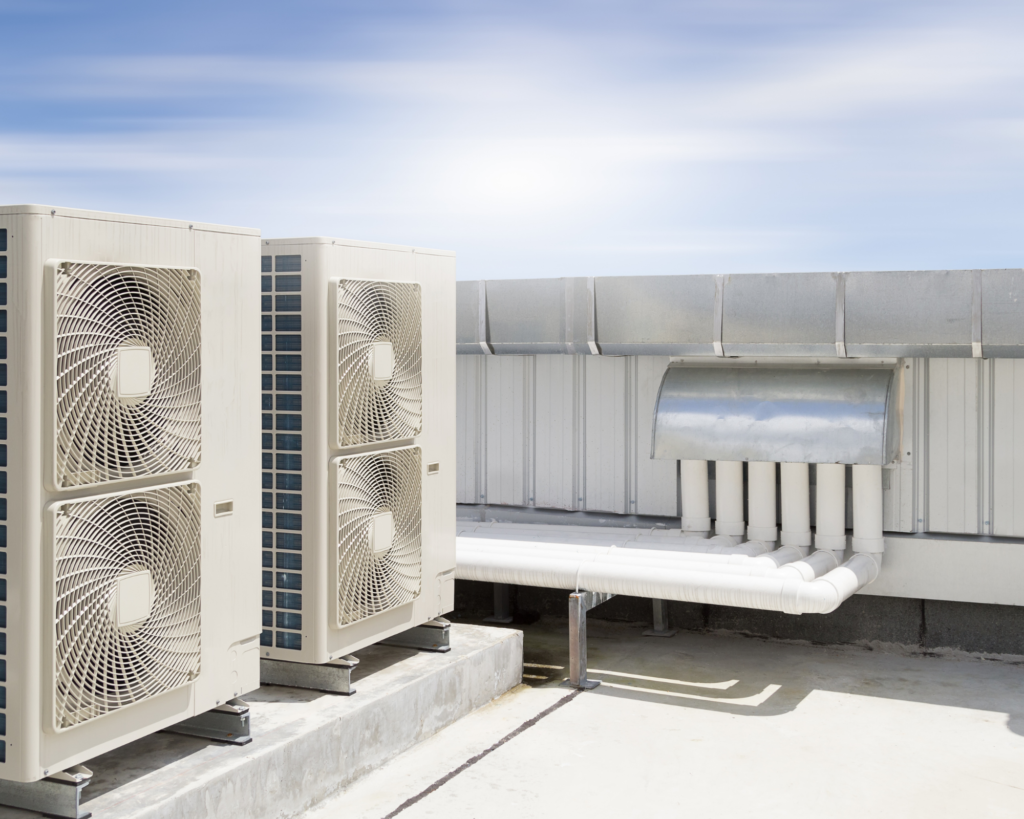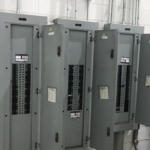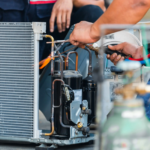The Refrigeration System, Its Four Main Components, And Their Functions

A refrigeration system is a group of components used for cooling and sometimes heating. In most cases, it involves the use of a thermodynamic cycle in which there is a flow of heat from one place to another. In simpler terms, it’s a system that has the ability to cool and maintain temperatures within a given range. It’s usually mechanical but can also be achieved by using simple means such as using water or any other liquid to lower the temperature. In this article, we will learn the four main components of the refrigeration system and their functions. This will teach us how refrigerators work.
The Components of a Refrigeration System
The refrigeration system makes up almost half of the overall cost of a typical commercial refrigeration unit. So what makes up the refrigeration system? The four main components of the refrigeration system are:
Evaporator
The evaporator is the part of a refrigeration system that absorbs heat from the air or other substance to be cooled. The heat then passes through coils into a compressor, where it is compressed and cooled even further.
he cooled refrigerant then passes through a condenser, which is usually in contact with the outside air. The condenser releases heat, which causes the refrigerant to change from its gaseous state back into a liquid state. This process requires energy, which comes from an external source such as an electric motor or gas engine that drives the compressor.
The cooled liquid refrigerant returns to the evaporator where it absorbs more heat and begins its cycle again.
Condenser
The condenser is the part of a refrigeration system that removes heat from the refrigerant. It is an air-cooled device, so it must be mounted where air circulation is good.
The condenser contains tubes and fins that absorb the heat from the refrigerant flowing through it, causing the refrigerant to evaporate. The vapors are then carried back to the compressor where they are compressed again and cooled, completing the cycle.
The condenser coils in a residential or commercial air conditioning system usually contain a refrigerant called R-22, which was developed for use in these systems. R-22 has been banned by EPA because of its high global warming potential (GWP), but some older systems still use it. Newer residential and commercial air conditioners use R-410A, which has a much lower GWP than R-22.
Compressor
The compressor is the heart of your refrigeration system. It is an air pump that compresses refrigerant gas and changes its state, which allows it to absorb heat. This process results in cooling, which is then distributed to your facility via your air ducts.
Your refrigerator’s compressor works by drawing in warm air from the inside of the refrigerator and pumping it through coils in the condenser. The coils are located outside the unit, usually on top or on the back side of the refrigerator. The air passes over these coils, which cool it down so that it can be re-circulated into the refrigerator and keep your products cold.
There are two types of compressors used in refrigeration systems: reciprocating (also known as a piston) and rotary screw compressors. Reciprocating compressors use pistons to move the refrigerant through a system of valves and chambers. Rotary screw compressors use rotors with blades that spin at high speeds and cause pressure differences within the system to move refrigerant through valves and chambers.
Expansion device
The expansion device is an important part of a refrigeration system. It controls the flow of liquid refrigerant within the system. It also helps prevent overcharging and undercharging of your cooling system.
The purpose of an expansion device is to regulate the amount of liquid refrigerant entering the evaporator coil. This helps keep the pressure in your system at its optimum level, which prevents unnecessary costs and repairs.
An expansion valve consists of two parts: a cap and a body. The cap contains a diaphragm with a spring attached to it. The body is connected to the cap by two hoses, one for suction from the evaporator and one for discharge to the condenser.
When liquid refrigerant enters the expansion valve, it causes pressure on the spring-loaded diaphragm inside the cap. This pushes open one or more ports in the cap. These allow refrigerant to pass through into either suction or discharge lines depending on whether pressure is being increased or decreased.
The amount of liquid refrigerant that passes through each port depends on pressure differential between suction line pressure and discharge line pressure. It also depends on temperature differences between suction line temperature and discharge line temperature.
How To Take Care of Your Refrigeration Equipment?
For a refrigeration system to work there must be four main components. As mentioned, those are the compressors, condensers, evaporators, and expansion devices. It is very important that all of these components are in place and working effectively. If not, your facility will suffer from problems when commercial refrigerator components break down. And in order for it to function properly, you must maintain it. Cleaning and maintenance may not be easy for many. However with the help of a licensed refrigeration technician, it will surely work effectively. Make sure to schedule a call with a refrigeration expert.


